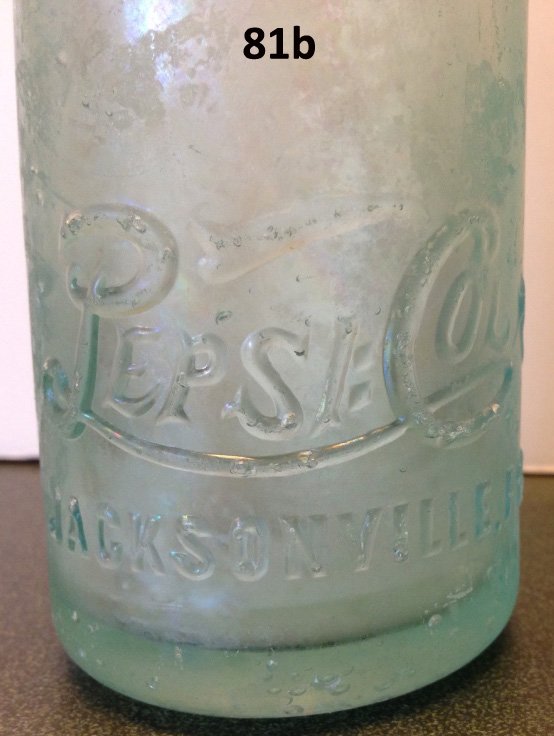Still
Well-Known Member
Pepsi hutches did exist. Though Burlington did not produce any recorded Pepsi hutches. It was a blob top
Very true I find. I think beers didn’t preform well here in the South mainly because of the costs of transporting such goods to the South. Sure you had railroad but it had to be expensive to move these goods for lots of weight reasons. Via ship may also have been possible for port cities. Burlington is fairly inland and was only really accessible by rail and dirt road. I’m not going to lie, digging sodas ALL THE TIME (especially the root glass ones which flash all the time) does get relatively boring after a while. I wish I could find a nice beer here intact.I've noticed most bottle diggers on youtube, especially in the South, find alot of Hutchinson style and crown top soda bottles. In contrast here in NYC old soda bottles are quite rare, I mostly find beer bottles instead. The only old soda bottles I typically find are Clicquot Club bottles from the 1920's, this soda was popular here, but the bottles are plain and boring looking. Beer was way more popular than soda here, in fact I believe NYC had the most breweries in the whole county back then. I need to study more about sodas and get down to Alabama one day to find some good ones.
Most people also here had quite a sweet tooth and they sure loved their sodas


